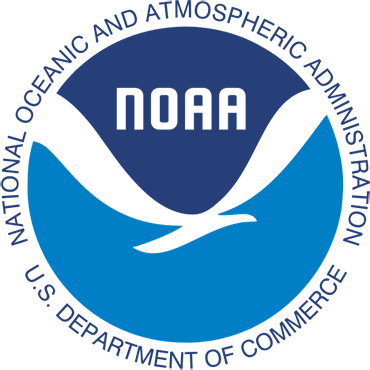NOAA taps partners for cloud project

The public, researchers, and industry can use the massive troves of data to conduct studies and drive applications.

The nation's weather data is going into the cloud.
The National Oceanic and Atmospheric Administration made a deal with leading cloud providers Amazon Web Services, Google, IBM, Microsoft and the Open Cloud Consortium to collaborate on what is being called "a set of data alliances," by which government data will be shared on commercial clouds through the establishment of cooperative research and development agreements.
The public, researchers, and industry will get a chance to exploit the massive troves of data to conduct studies, and drive applications.
Weather data supports some of the most widely used applications online. NOAA collects more than 20 terabytes of data daily, from sensors, radar systems, satellites, weather stations and other sources. But limitations in storage and processing power mean only a small fraction of the data is ever made public.
"We cannot even begin to conceive of all the different uses and applications that could come out of opening up this data. Our hope is that the NOAA Big Data Project will enable innovation, drive discovery, and make it easier for entrepreneurs to produce valuable products" Commerce Secretary Penny Pritzker said in an April 21 speech before the American Meteorological Society.
NOAA first solicited industry for big data ideas in a November 2014 request for information. It was NOAA's goal then to try to find innovative ways to make more weather data publicly available, at low cost to the government. While the value of the deal was not released, the idea behind the data alliance is to push the cost of the cloud infrastructure to users who are developing new applications, business ideas and research plans.
"By consolidating NOAA's vast datasets and making them available on Azure Government, public and private sector partners can help to speed the rate of innovation and create new insights that will positively affect the lives of millions through mission-critical applications," Greg Myers, vice president of Microsoft Federal, said in a statement.
Users of weather data could see some improvement in the amount of data that is available and the speed with which it is available. Users will also have the opportunity to run analytics, predictive modeling and other advanced applications on NOAA data.



